



How are WUXI NCE POWER chips stored in a humid environment?
To store WUXI NCE POWER chips in a humid environment, refer to the following methods:
Use moisture-proof cabinet:
Choose suitable moisture-proof cabinet: there are many types of moisture-proof cabinets on the market, such as electronic moisture-proof cabinet, nitrogen moisture-proof cabinet and so on. Should be based on the specific requirements of the chip and the number of choosing the right volume and performance of the moisture-proof cabinet. For example, for high-end chips with extremely stringent humidity requirements, electronic moisture-proof cabinets that can provide a lower humidity (e.g., 5% RH or less) environment can be selected; if the number of chips is larger, it is necessary to select a larger-volume moisture-proof cabinets to ensure that all the chips can be properly preserved.
Setting the correct humidity and temperature: Generally speaking, it is more appropriate to set the humidity in the moisture-proof cabinet below 30% RH, and some humidity-sensitive chips may need lower humidity, such as 10% RH or even below 5% RH. As for the temperature, it can be set in the range of 15℃ - 25℃ to avoid the adverse effects of too high or too low temperature on the chip.
Placement: The chip should be placed on a special shelf or tray inside the moisture-proof cabinet to avoid mutual contact and extrusion between the chips and prevent damage to the chip due to friction or collision. At the same time, make sure the chips are placed firmly to prevent them from falling when opening and closing the door of the moisture-proof cabinet.
Regular inspection and maintenance: Regularly check whether the humidity display of the moisture-proof cabinet is accurate, and if there is any deviation, it should be calibrated in time. At the same time, check the sealing performance of the moisture-proof cabinet to ensure that the cabinet door is closed to effectively maintain the internal low humidity environment. In addition, it is also necessary to regularly replace the desiccant or hygroscopic agent inside the moisture-proof cabinet to ensure its moisture absorption effect .
Use of sealed packaging:
Choose the right sealing material: you can use anti-static sealed bags, such as aluminum foil bags or plastic sealed bags, these bags can effectively block the entry of moisture. For particularly sensitive chips, you can also consider the use of vacuum sealing bags, after the vacuum can minimize the air and moisture content inside the bag .
Adding desiccant: Place an appropriate amount of desiccant inside the sealed bag, such as silica gel desiccant, which can absorb the residual moisture inside the bag and keep the interior dry. Note that the amount of desiccant should be reasonably determined according to the size of the sealed bag and the number of chips, generally the weight of each bag of desiccant is about 5% - 10% of the weight of the chip.
Sealing operation: After putting the chips into the sealing bag, exhaust the air inside the bag as much as possible and then seal it. It can be sealed by using sealing machine or heat sealing strip, if it is vacuum sealed bag, it needs to use special vacuum sealing equipment for vacuuming and sealing operation.
Marking and Recording: Mark the information such as chip model, batch, quantity and package date on the sealed bag for easy management and traceability. At the same time, record the sealing time and desiccant replacement time, etc., to facilitate subsequent inspection and maintenance .
Other Precautions:
Avoid frequent opening: If the chips are stored in sealed packages, frequent opening should be avoided as much as possible when accessing the chips to minimize the chance of moisture entry. After each use, the bag should be re-sealed as soon as possible or put back into the moisture-proof cabinet.
Control the humidity of the preservation environment: If it is not possible to use a moisture-proof cabinet, the chip should be preserved in a relatively dry environment as much as possible, e.g. the indoor humidity should be controlled below 60% RH. You can use dehumidifier, air conditioner dehumidification function to reduce indoor humidity.
Regularly check the status of the chip: Whether using a moisture-proof cabinet or sealed package to save the chip, you should regularly check the appearance and performance of the chip to see whether there is moisture, oxidation, pin corrosion and other phenomena. If problems are found, corresponding measures should be taken in a timely manner, such as drying treatment or replacement of chips.

Please contact us if the source is mislabeled or violates your legal rights.
We will promptly correct and delete, thank you.


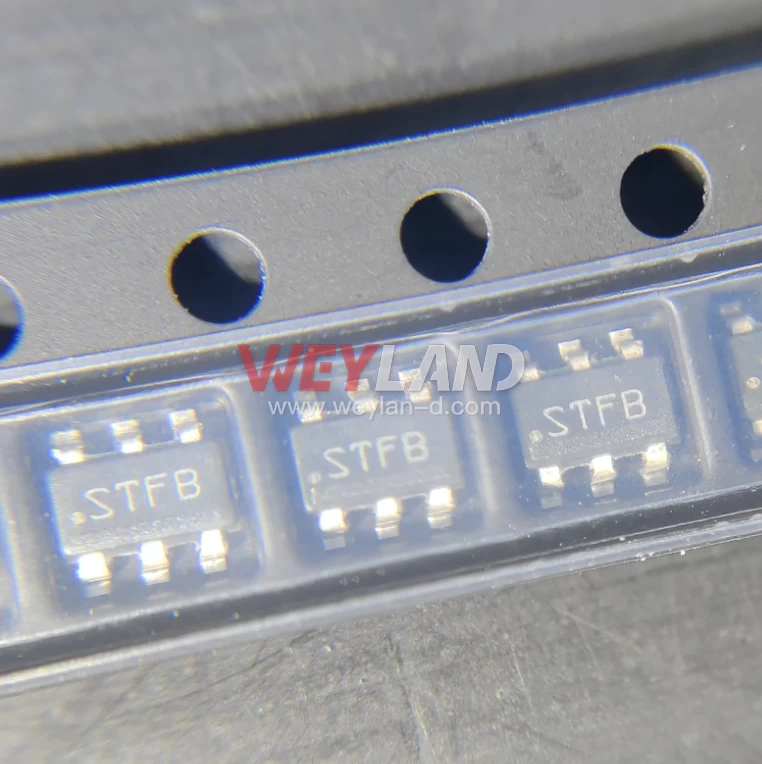
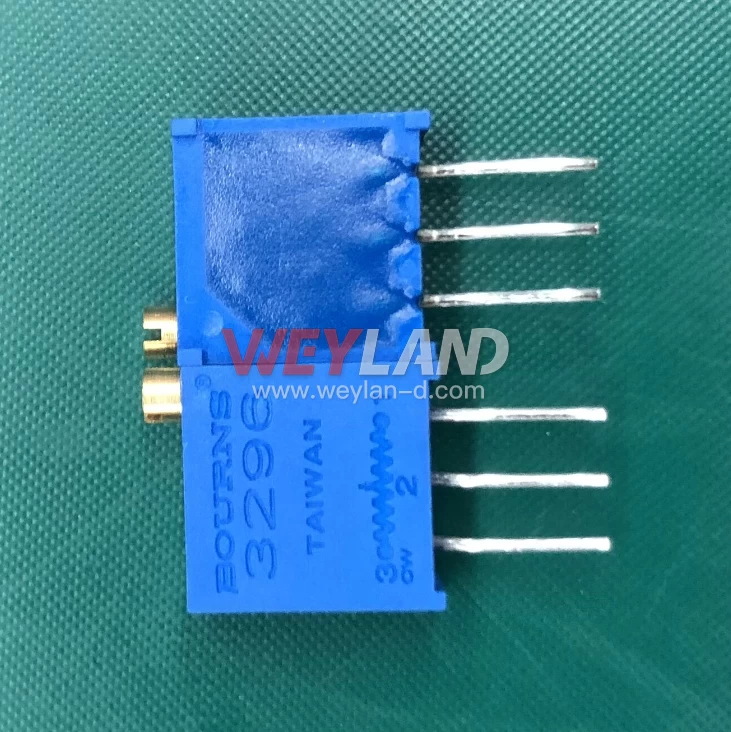
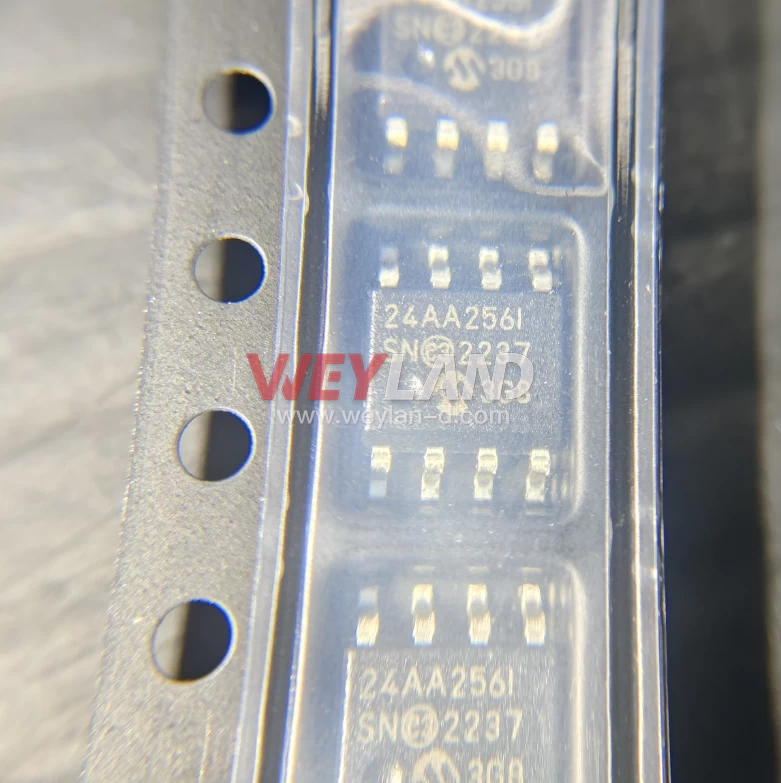
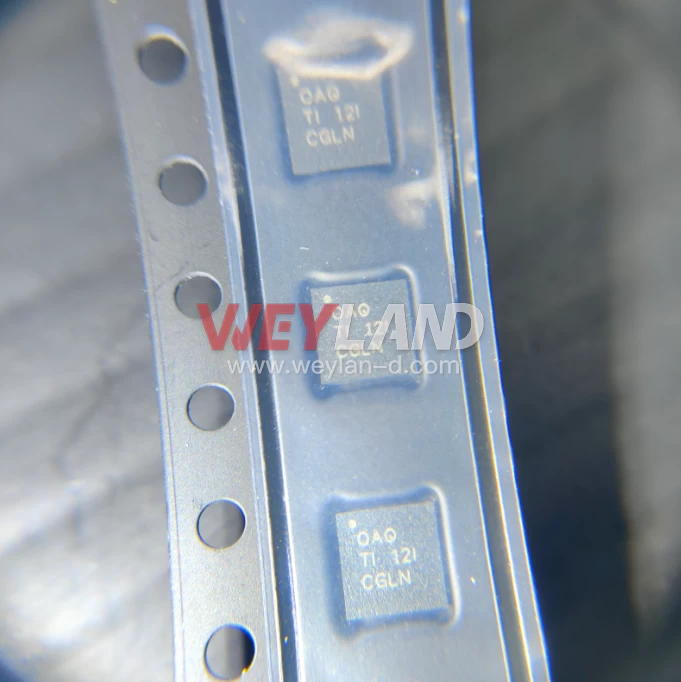
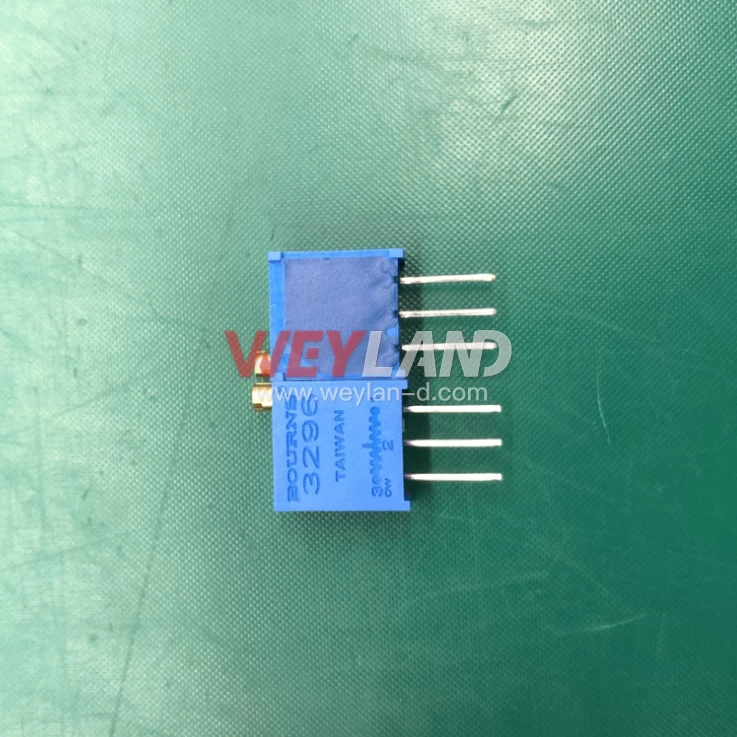



.9246509.png)












[email protected]
7500A BEACH ROAD #04-307 THE PLAZA SINGAPORE (199591)
RM 705.7/F.FA YUEN COMM BLDGNO.75-77.FA YUEN STREET.MONGKOK.KLN.HONG KONG
